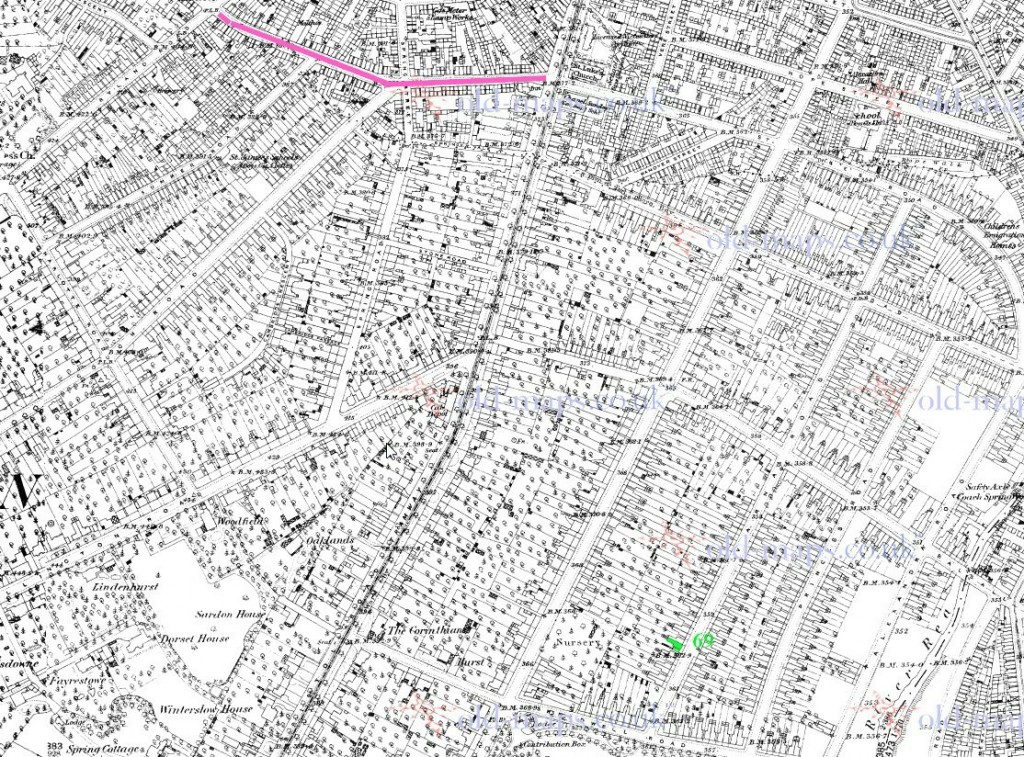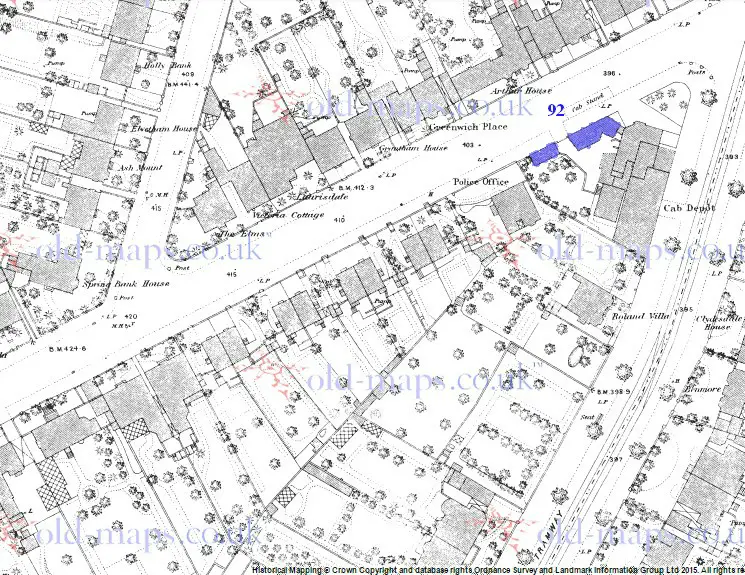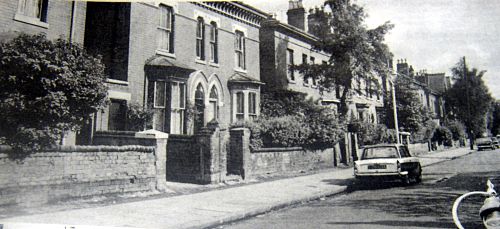Ian Purcell
knowlegable brummie
Can anyone help with information about Thomas Odams, the son of Richard Odams: ‘baker, flour dealer’, 72 Wellington Road, Edgbaston (General & Commercial Directory of Birmingham 1858). Thomas migrated to Australia in 1857 on the Algiers. Sadly he committed suicide in South Australia in 1879. I'm trying to gather information about his immediate family, when he was born, etc. Not to be confused with Thomas Odams, born 1843 to Thomas & Mary Odams, 48 Lower Tower Street. I would be very grateful for any assistance. Ian










